
In central Arizona’s White Mountain Apache reservation, the Dishchii’bikoh meteorite fall has given scientists a big clue to finding out where so-called LL chondrites call home. Their results are reported in the April 14 issue of Meteoritics and Planetary Science.
“LL chondrites are fairly common meteorites with low-oxidized and low metallic (LL) iron content,” said Peter Jenniskens, the lead author and meteor astronomer with the SETI Institute and NASA Ames Research Center. “We want to know where they originated because the damaging Chelyabinsk airburst of February 15, 2013 in Russia, was caused by a particularly large 20-meter sized LL chondrite.”
- Phys.org: Arizona meteorite fall points researchers to source of LL chondrites
- SpaceRef: 2016 Meteorite Fall Points to Source of LL Chondrites
- SETI.org: 2016 Arizona Meteorite Fall Points Researchers to Source of LL Chondrites
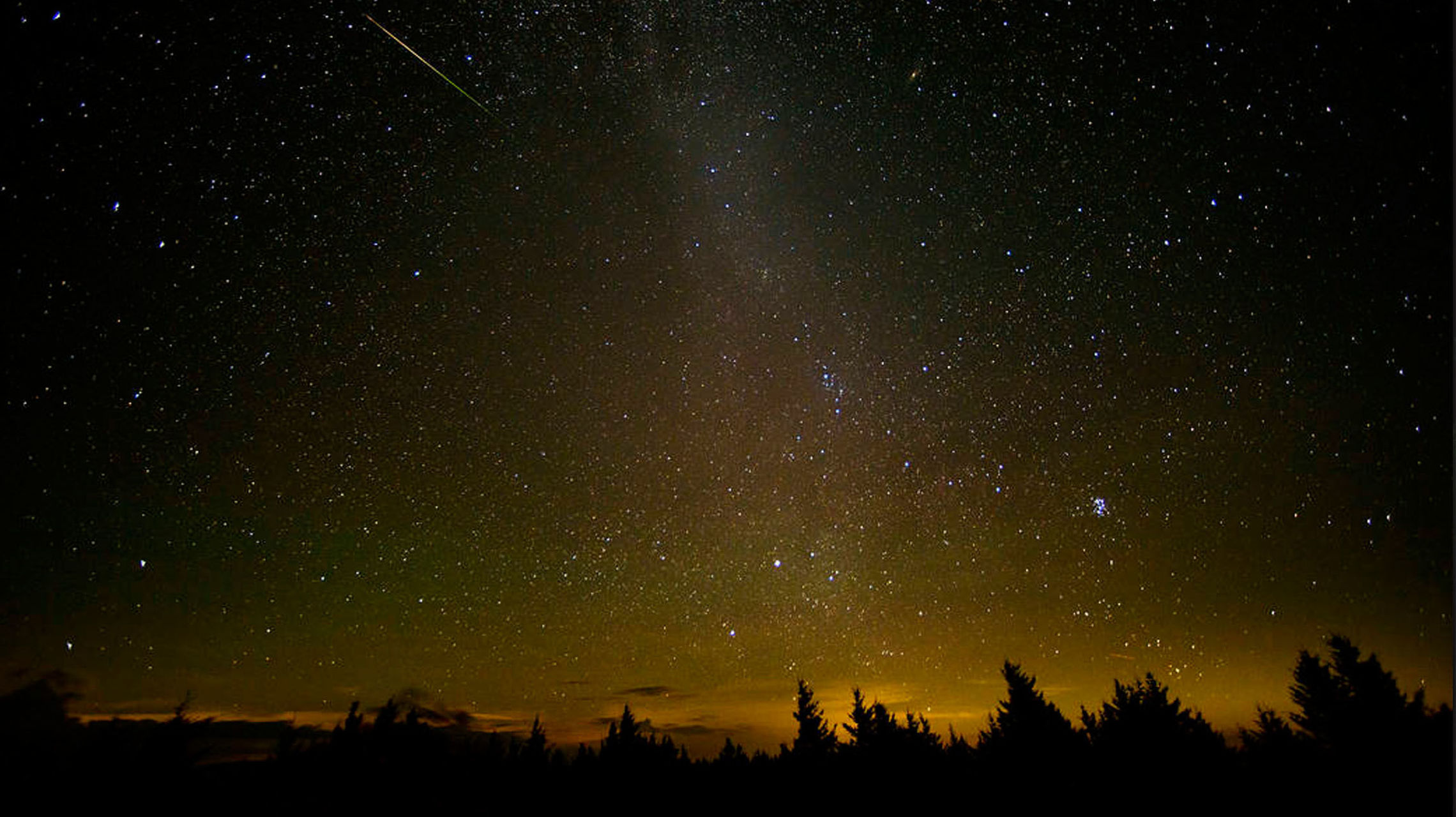 Scientists may have just found the first evidence of a human killed by a meteorite
Scientists may have just found the first evidence of a human killed by a meteoriteWhile being hit by cosmic debris entering the Earth’s atmosphere at high speeds is extremely rare, the earliest documented case of a meteorite coming into contact with a human being, with unfortunately grave consequences, has recently been found. A team of scientists, including Peter Jenniskens of the SETI Institute, discovered new evidence claiming that a meteor shower in Iraq in 1888 killed one person and injured another.
- SyfyWire: Scientists may have just found the first evidence of a human being killed by a meteorite
- BoingBoing: This unlucky fellow was the first person to have been killed by a meteorite in recorded history
- Gizmodo: This Could Be the First Record of Someone Getting Killed by a Meteorite
Continuing in the news is the excitement over the announcement of an Earth-sized planet orbiting a star discovered in the NASA Kepler Space Telescope data. According to Canada’s Global News:
The planet, dubbed Kepler-1649c, is a rocky world that’s six per cent larger than Earth, according to findings published in the Astrophysical Journal Letters earlier this month, [co-authored by SETI Institute scientist Jeff Coughlin]. Kepler-1649c orbits a distant red dwarf star, and is just far enough away from its red sun to exist in the so-called “habitable zone” where liquid water — and life — could potentially form.
- Global News: Plan B? Newly discovered planet is the closest yet to a second Earth
- Parabolic Arc: Dedicated Team of Scientists Discover Habitable-Zone Earth-Size Planet in Kepler Data
- Sharjah 24: NASA discovers 'most similar planet to Earth' ever found
- Afghan Voice Agency: Earth-sized, habitable-zone exoplanet found hiding in Kepler data
- SETI.org: Dedicated Team of Scientists Discover Habitable-Zone Earth-Size Planet in Kepler Data
- Facebook Live: New Earth-Like Planet in the Habitable Zone
 Fragmentation of Comet ATLAS observed on the First Crowd-Sourced Pictures from Citizen Astronomers
Fragmentation of Comet ATLAS observed on the First Crowd-Sourced Pictures from Citizen AstronomersCitizen astronomers around the globe worked together using a network of digital Unistellar eVscopes to create first-of-its-kind crowd-generated images of a disintegrating Comet ATLAS.
On the night of Saturday, April 11, dozens of eVscope users in Belgium, Finland, France, Switzerland, Germany, the United Kingdom, and other countries gathered virtually to set up eVscopes in their backyards, on balconies, or out in the countryside. Their locations varied, but they all had one and only one goal in mind: capture photos of the dying comet.
- Space Daily: Fragmentation of Comet ATLAS observed on the First Crowd-Sourced Pictures from Citizen Astronomers
- Droid Life: Stuck at Home Review: Unistellar eVscope
- SETI.org: Fragmentation of Comet ATLAS observed on the First Crowd-Sourced Pictures from Citizen Astronomers
- SETI.org: Comet Atlas: A comet for all of us?
Arts and science, often grouped in the university setting to encompass the breadth of undergraduate education, are being paired together for SETI pursuits as artists and scientists work together to further space exploration.
The chair emeritus of SETI, Jill Tarter, thinks scientists should use art to help solve some of their biggest challenges.
“Art gives people an opportunity to think about bigger-picture ideas or think about them in a new way,” says Tarter. She explains that art can help us ask existential questions about ourselves like who we are and is anybody else out there in the universe.
Artists, according to Tarter, can help scientists imagine ideas they hadn’t thought of before. (Dylan Taylor Blog, April 17, 2020)
- DylanTaylor.org: Scientists Use Art to Explore the Cosmos
- SETI.org: SETI Artists in Residence
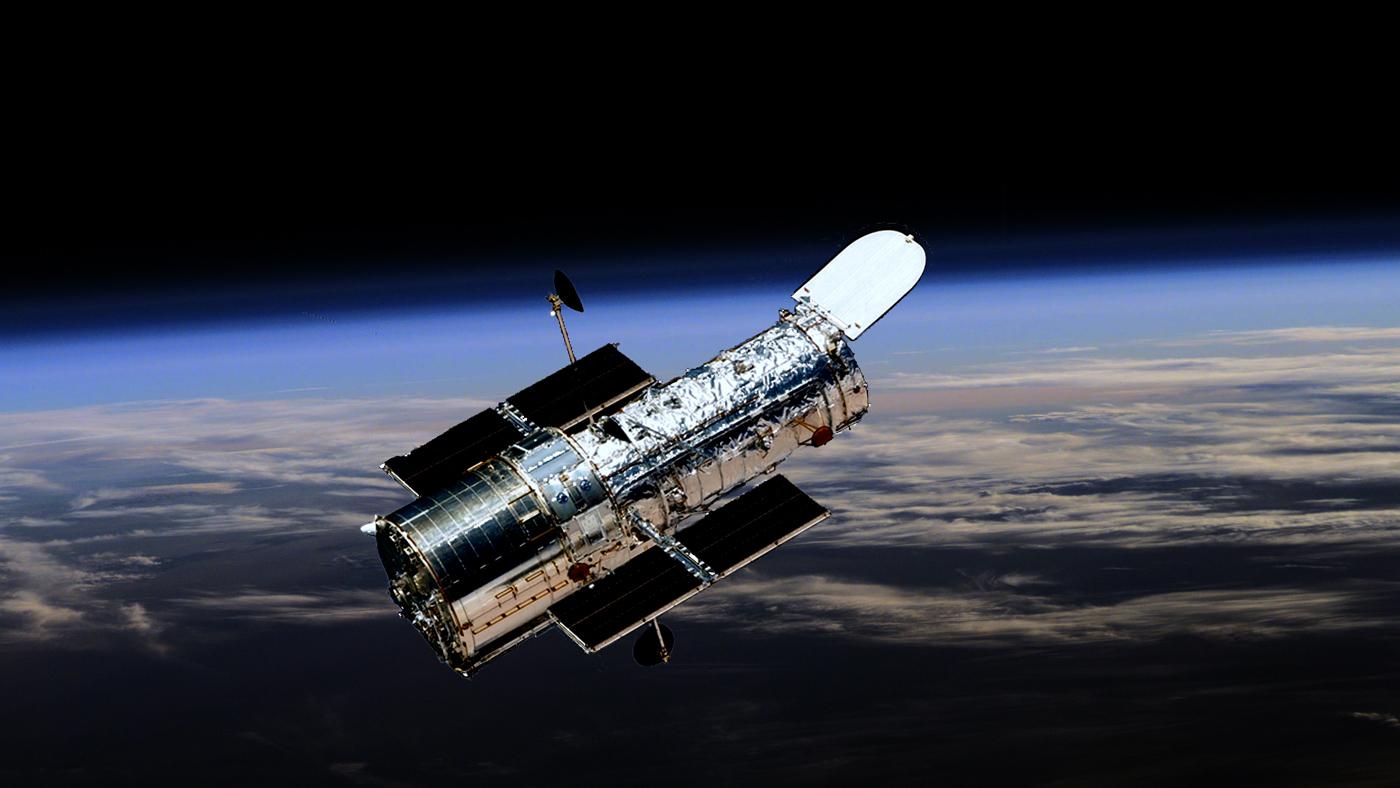 30th Anniversary of the Hubble Space Telescope. Hubble Turns 30: Story of a Problem Child
30th Anniversary of the Hubble Space Telescope. Hubble Turns 30: Story of a Problem ChildAs the Hubble Space Telescope passes its 30th anniversary, SETI Institute’s Senior Astronomer Seth Shostak shared the story of NASA’s premier astronomical instrument. Despite its less than stellar beginnings, with a defective primary mirror and subsequent repairs, the Hubble Telescope remains famous and is a valuable part of space history. Even as NASA prepares to launch the James Webb Space Telescope next year, Hubble continues to reveal new secrets and discoveries in the universe.
- Seattle PI: Hubble Turns 30: Story of a Problem Child
- SETI.org: Hubble Turns 30: Story of a Problem Child
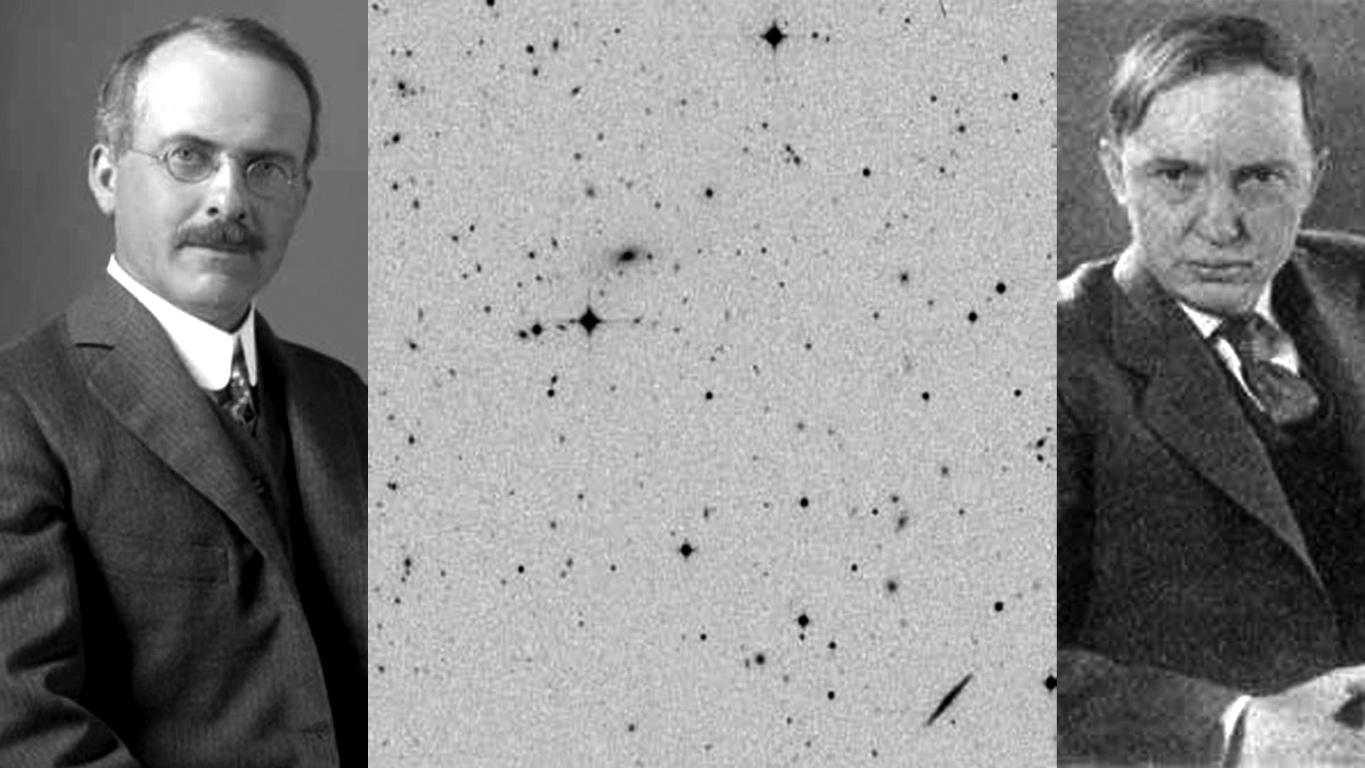 The Great Debate
The Great DebateOn April 26, 1920, a debate on the size of the universe between astronomers Harlow Shapley and Heber Curtis took place at the Smithsonian Museum of Natural History in Washington, D.C. Curtis argued for the existence of other faraway galaxies that was later supported by the work of Edwin Hubble.
- Seattle PI: The universe’s greatest expansion
- SETI.org: The Universe’s Greatest Expansion
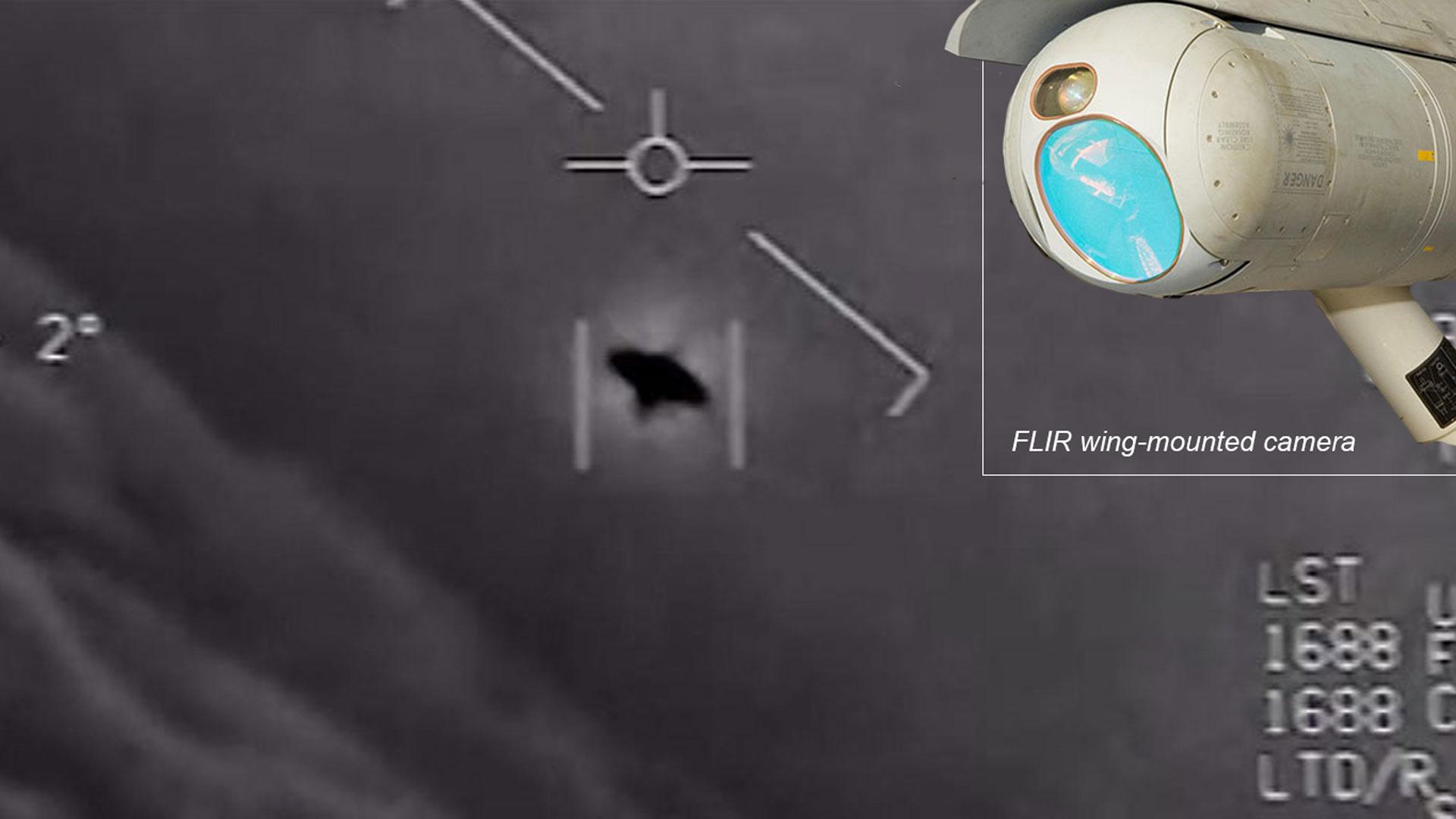 Pentagon formally releases video that shows 'unidentified aerial phenomena'
Pentagon formally releases video that shows 'unidentified aerial phenomena'Videos showing what appear to be unidentified flying objects (UFOs) taken by U.S. warplanes using infrared cameras dating back to 2004 were officially released by the Pentagon, sparking curiosity on both the content of the videos and the timing of their release.
"Until we get some really good evidence, I think we should be just a little bit skeptical," said Dr. Seth Shostak, lead astronomer of the Search For Extraterrestrial Intelligence Institute(SETI Institute). "I'm looking for aliens, that's what the SETI Institute does, but we don't claim to have found them yet."
SETI Institute’s Senior Astronomer Seth Shostak weighs in on the UFO story, beginning at the 16:02 minute mark.
- YouTube: Annenberg Media
- WXYZ Detroit: Pentagon formally releases video that shows 'unidentified aerial phenomena'
- SETI.org: Navy UFO Videos Now Official
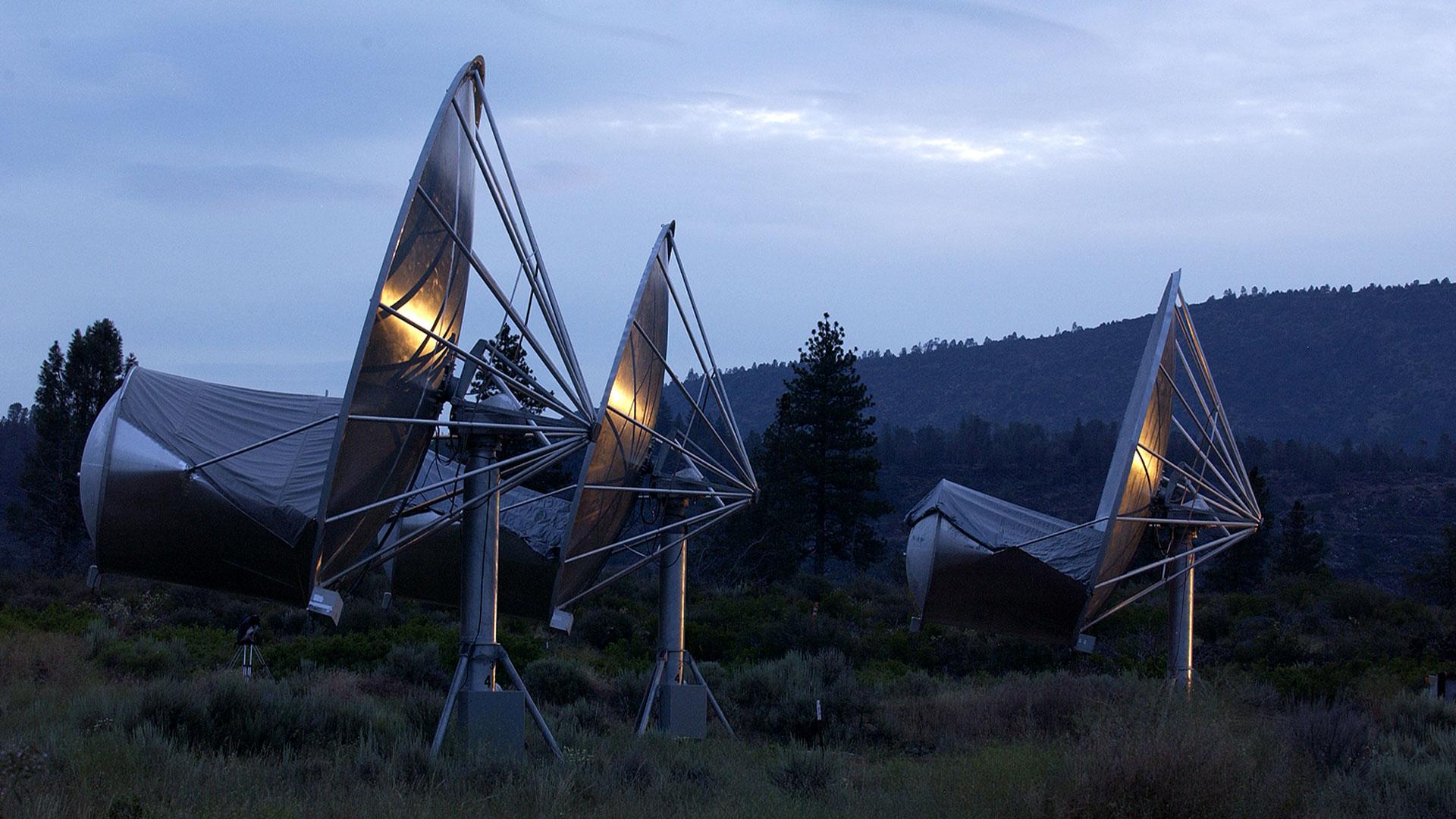 The Search for Extraterrestrial Intelligence Gets a Major Upgrade
The Search for Extraterrestrial Intelligence Gets a Major UpgradeAs the SETI @ home project moves into the next phase of sifting through billions of possible extraterrestrial signals, the Very Large Array (VLA) telescope prepares to search the cosmos for alien life using a collaborative approach. This collaboration between the VLA and the SETI Institute will allow work efforts between SETI scientists and other scientists using the VLA telescope simultaneously.
The SETI Institute is developing a new interface called COSMIC (Commensal Open-Source Multimode Interferometer Cluster) that will be able to access raw data from each antenna, routing it through signal processing software to search for extraterrestrial technosignatures in real-time.
COSMIC SETI aims to provide a new digital processor at the VLA telescope which will enable SETI research using modern, off-the-shelf computing,” says Jack Hickish, who will lead the effort. “The SETI capability will be commensal, [so] we will be able to [continue our work] while other scientists are using the telescope for their own projects.”
- IEEE Spectrum: The Search for Extraterrestrial Intelligence Gets a Major Upgrade
- SETI.org: The Search Goes On
- SETI.org: SETI@home Going into Hibernation
- SETI.org: SETI Institute and National Radio Astronomy Observatory Team Up for SETI Science at the Very Large Array
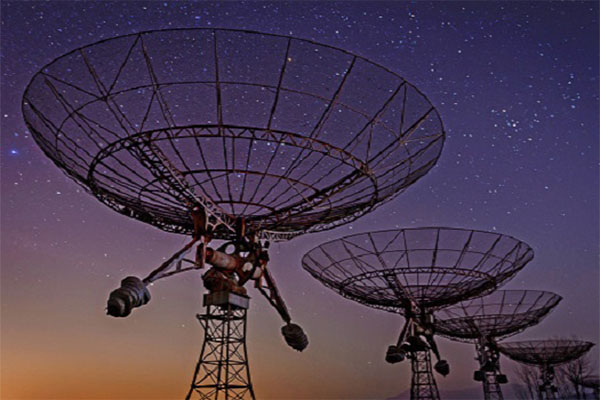 AI in Space: NASA Studying Exoplanets, ESA Supporting Satellites
AI in Space: NASA Studying Exoplanets, ESA Supporting SatellitesFrontier Development Lab (FDL), hosted by the SETI Institute in Mountain View, CA, in partnership with NASA Ames Research Center, applies AI technologies to science. This approach pushes the frontiers of research and fosters new tools to help solve some of the biggest challenges that humanity faces. These range from the effects of climate change to predicting space weather, from improving disaster response to identifying meteorites that could hold the key to the history of our universe.
FDL, a public-private partnership with NASA in the USA and ESA in Europe and works with partners such as NVIDIA, Intel, Google Cloud, Mayo Clinic, IBM, Lockheed Martin, Luxembourg Space Agency, XPrize, Kx, and USGS. These private sector partners provide expertise and the computing resources necessary for rapid experimentation and iteration in data-intensive areas.
The program pairs science and computer engineering early-career doctoral students with experts from the space agency, academia and some big tech companies. The companies contribute hardware, algorithms, supercomputing resources funding, facilities and subject matter experts. Some of the resulting technology has been put to use, helping to identify asteroids, find planets and predict extreme solar radiation events. (SNB, May 1, 2020)
- SatoshiNakamotoBlog: AI in Space: NASA Studying Exoplanets, ESA Supporting Satellites
- SETI.org: Frontier Development Lab
 Comedy and Climate Change
Comedy and Climate ChangeAt the 53:04 minute mark, check out SETI Institute’s Senior Astronomer Seth Shostak in this original comedy piece created for the Climate Comedy 2020 show.
- Vimeo: Climate Comedy 2020
In last week’s episode, Whitney Phillips and Joan Donovan discuss conspiracy and misinformation associated with the current COVID pandemic in Skeptic Check: COVID Conspiracy.
In our previous week’s episode, join Deepta Bhattacharya and Mark Denison as they explore various pre-vaccine treatments for COVID-19 in Treating the Virus.
Recent Facebook Live episodes include:
- 5 Science Investigations to do from Home with Director of Education Pamela Harman and social media coordinator Beth Johnson.
- The Great Debate or How Big is the Universe with Seth Shostak and Simon Steel.
- Les Lune Martiennes, un avant-poste pour Mars?
- Live from the Allen Telescope Array - Take a tour of the Hat Creek Facility and see the ATA up close with Alex Pollak (Science & Engineering Operations Manager, Allen Telescope Array), Wael Farah (SETI Institute Researcher), Janusz Kulpa (SETI Institute Postdoctoral Researcher) and Simon Steel (Senior Director of STEM and Education Programs).
As always, videos of all past Facebook Live events can be found on our Facebook page: https://www.facebook.com/SETIInstitute/





